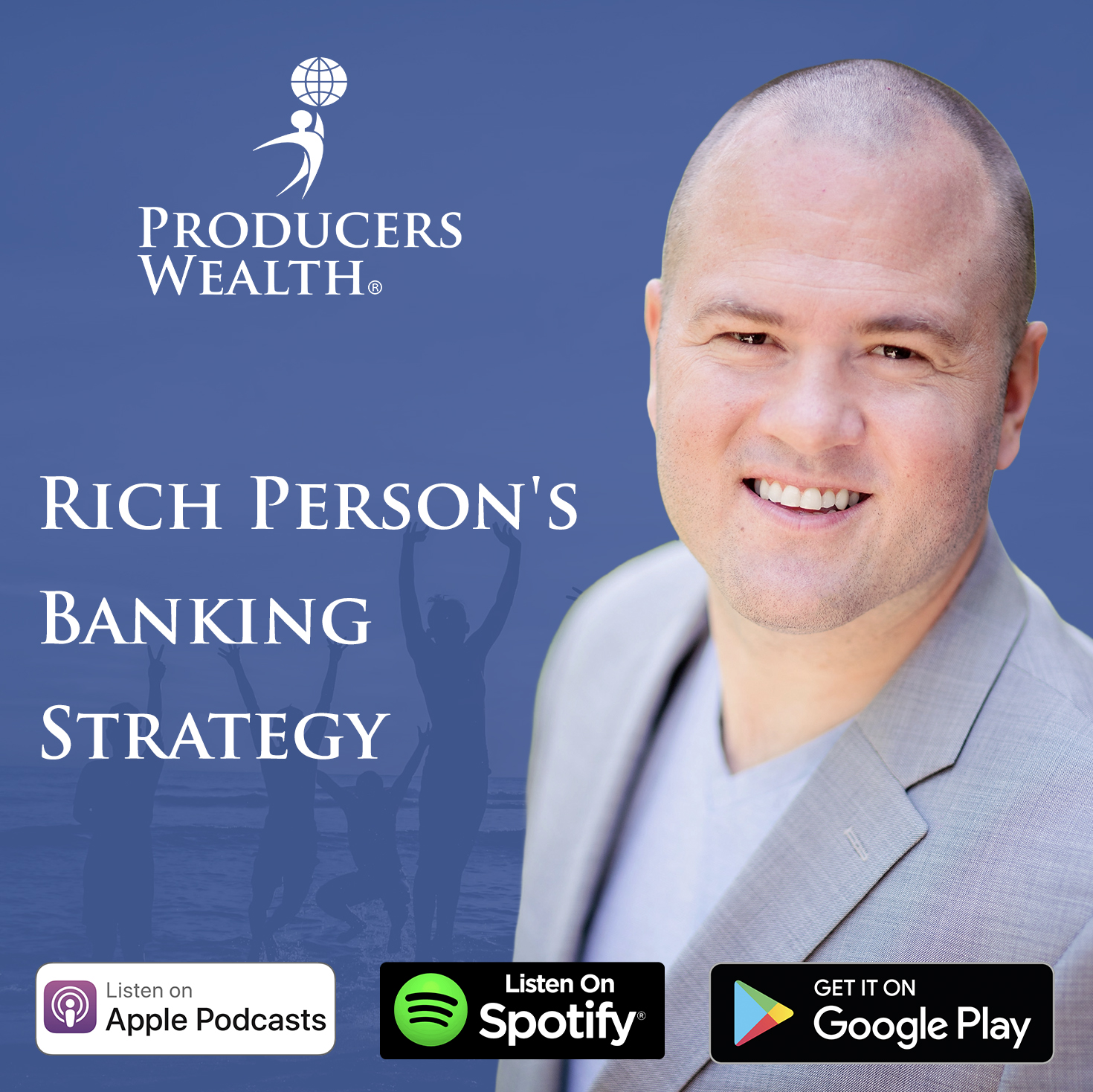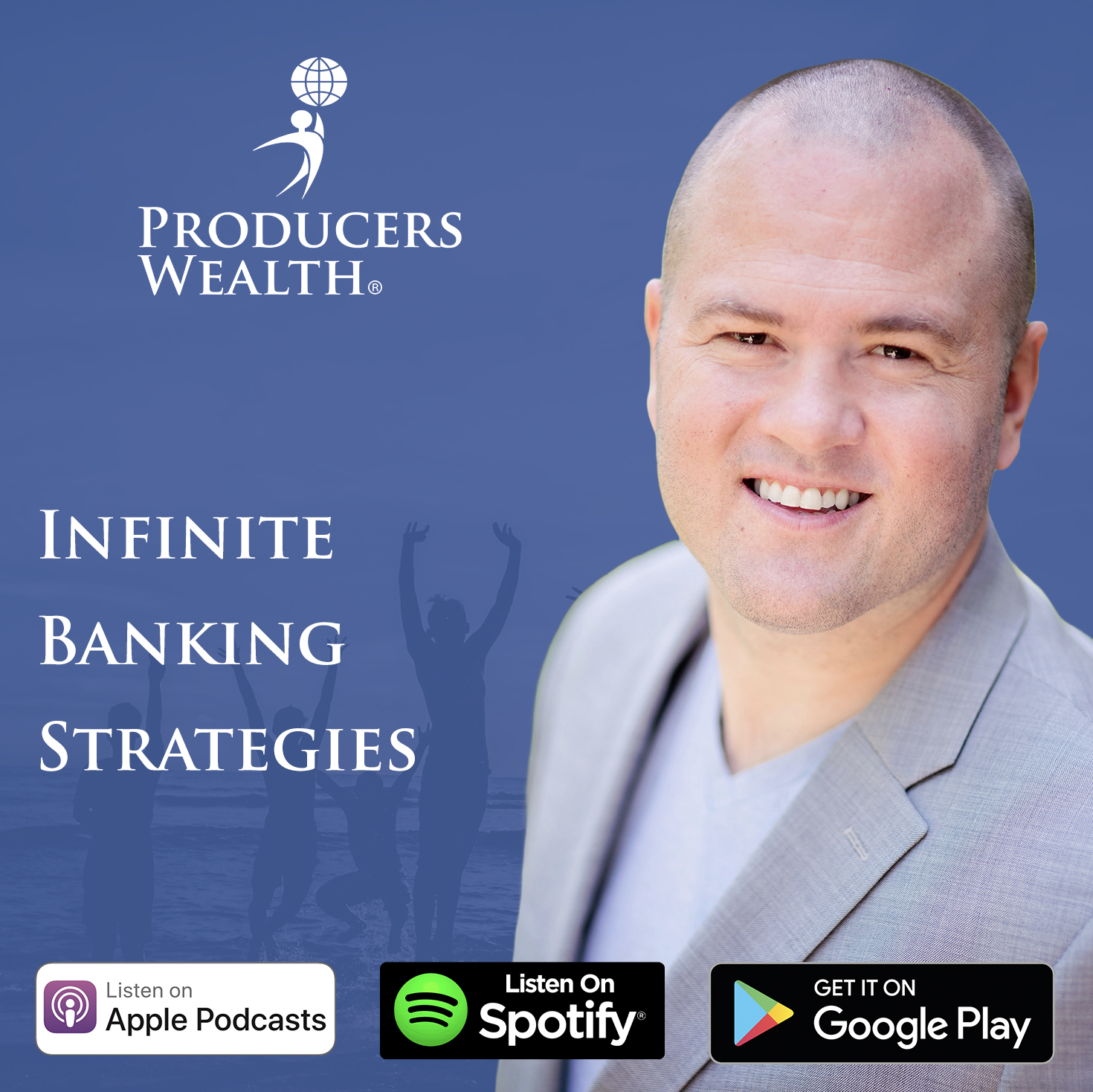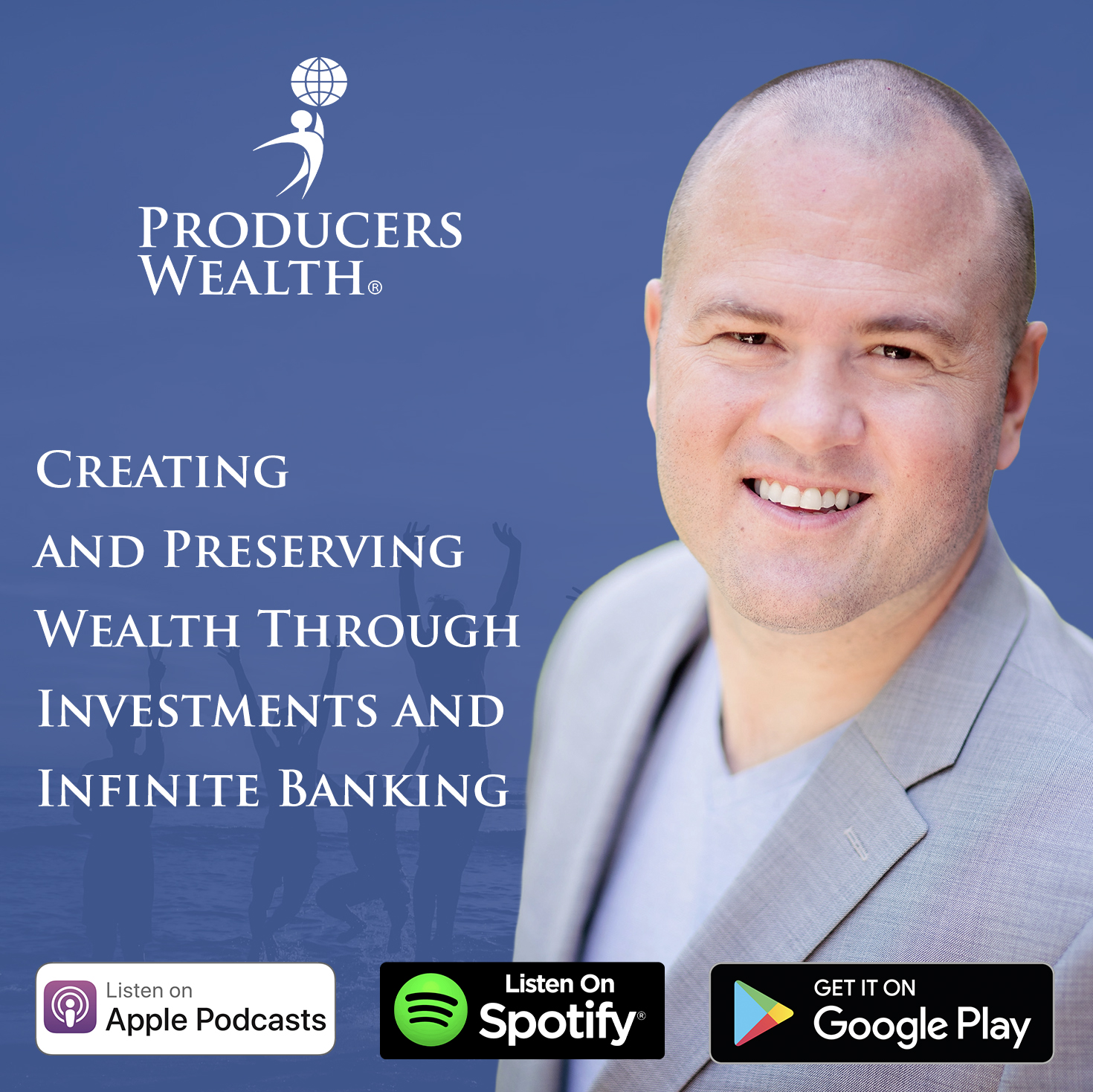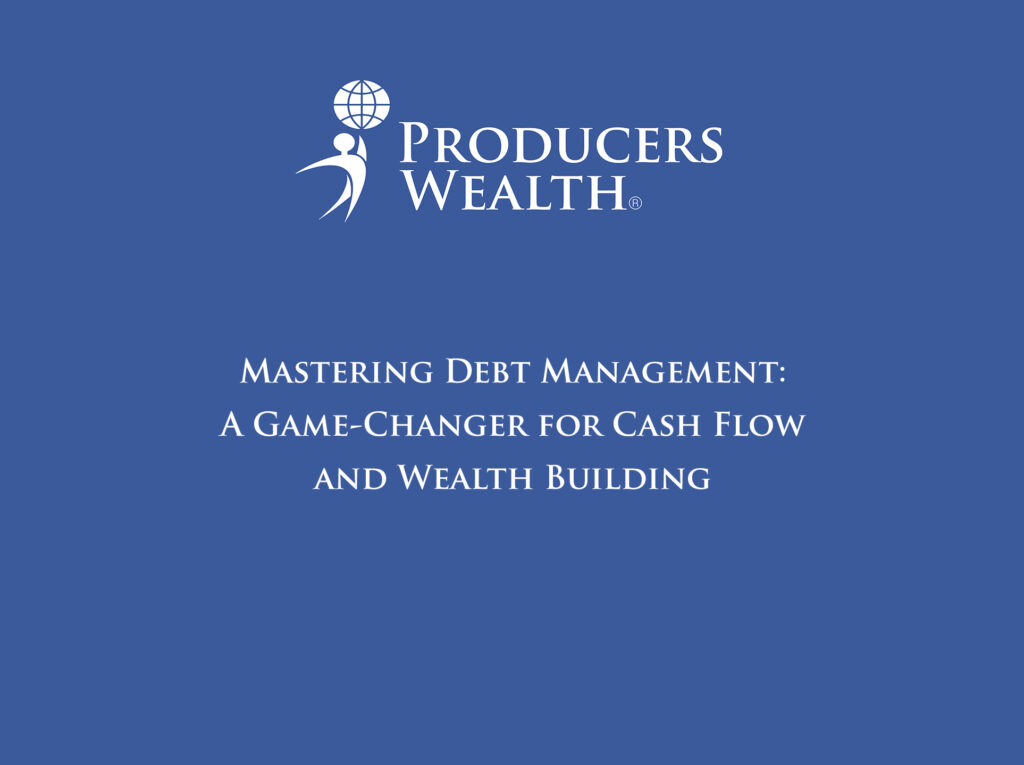
Debt is a word that sends shivers down the spine of many business owners and families alike. But what if managing debt effectively could actually free up cash flow, allowing you to invest, save, and build wealth faster than ever before?
Understanding the Impact of Debt: Good Debt vs. Bad Debt
Debt inefficiency is a massive leak in the cash flow boat that many of us are trying to steer. By making strategic changes to how you handle debt, you can potentially recover thousands of dollars each year. Let’s break it down:
- Bad Debt: This is the kind of debt most people are familiar with—used for consumer spending and acquiring liabilities. Think credit cards, car loans, or high-interest personal loans. It’s the type of debt that drains your resources.
- Good Debt: This is debt leveraged to acquire assets that generate income, appreciate in value, or offer tax benefits. Think real estate investments or financing a business acquisition. Good debt is a strategic tool that can accelerate your wealth-building journey when used correctly.
Building a Strong Financial Foundation: Pay Yourself First
One of the core principles of any successful financial strategy is to always pay yourself first. This idea comes straight from the classic book The Richest Man in Babylon. As business owners, it’s crucial to adopt a “profit-first” mentality, as outlined by Mike Michalowicz in his book Profit First. If you can’t generate a profit, you won’t stay in business.
- Start Small, Aim Big: Begin by saving 10% of your gross income. As you get more comfortable, push yourself to save 50%, and ultimately aim for 90%. Yes, you read that right—saving 90% of your gross income should be the goal. I started with 10% myself and now save 90% of my income, which has been life-changing.
- Shift Your Perspective: If you can pay 40-50% in taxes, why can’t you find a way to save that same amount for yourself? Reframe your mindset and focus on paying yourself first, before anything else.
Creating Liquidity: Your Safety Net in Cash Flow Management
Liquidity is crucial for surviving and thriving, especially when unexpected expenses arise. Establishing a solid liquidity strategy can prevent you from falling into the debt trap:
- One Month in the Bank: Keep one month of expenses in a bank account as an immediate safety net. But be wary—banks can impose restrictions during a crisis, making it hard to access your funds.
- Six Months in Cash at Home: Store six months’ worth of expenses in cash at home or in a safe, easy-to-access location. This way, if you need funds in an emergency, you’re prepared.
- Six Months in an Infinite Banking Policy: Use a dividend-paying whole life insurance policy as a financial reservoir. Mutual insurance companies have been stable for over 150 years, making them a reliable place to store your cash.
- Six Months in Gold, Silver, and Bitcoin: Diversifying your liquidity across multiple assets ensures you’re prepared for various scenarios. Gold and silver act as “warhorses” during economic downturns, while Bitcoin serves as a more aggressive growth asset.
Avoid the Debt Trap: Building Reserves Before Paying Off Debt
One of the biggest mistakes people make is aggressively paying off debt without having a safety net in place. This often leads to a vicious cycle: you pay off your debt, then an emergency arises, and you’re back in debt again. Instead, focus on building up your reserves first. Here’s how to escape the debt trap:
- Stop Accumulating Debt: Before you can manage debt efficiently, you must stop adding to it. That means avoiding new liabilities and focusing on saving.
- Build Your Emergency Fund: Prioritize building up your cash reserves before tackling debt. This gives you the flexibility to handle unexpected expenses without reverting to credit cards.
- Understand the Interconnected Nature of Debt: Don’t look at debt in isolation. Consider how it fits into your overall financial picture, including cash flow, investments, and liquidity. Everything is connected.
A More Efficient Approach to Paying Off Debt
Most people pay off their debt by listing all their loans, deciding on a monthly payment, and attacking the debt with the highest interest rate first. But this method is flawed. It focuses too much on interest rates rather than the bigger picture—cash flow. Here’s a better approach:
- Use the Cash Flow Recapture Indicator: Create a list of all your debts, including their balances, interest rates, and minimum payments. Divide each loan’s balance by its monthly payment to calculate a cash flow score. This score helps you prioritize which debts to tackle first:
- 0-50: Pay off these debts immediately—they’re cash flow drains.
- 50-100: Consider refinancing these loans to improve cash flow.
- 100+: These loans are already efficient and can be left as is.
By focusing on the cash flow impact of each debt rather than just the interest rate, you’ll free up more money each month, allowing you to accelerate your savings and investments.
Restructure Debt for Maximum Efficiency
Beyond simply paying off debt, you can also restructure it to make it more efficient. For example:
- Refinance High-Interest Debt into Low-Interest Loans: Consider consolidating high-interest debts into a mortgage refinance or a low-rate personal loan. This can significantly reduce your monthly payments.
- Leverage Home Equity: Use a home equity line of credit (HELOC) to pay off higher-interest debts. This can be a game-changer, especially if you can lock in a low interest rate.
- Roll Debt into Tax-Deductible Loans: For example, use a cash-out refinance on your home to pay off non-deductible credit card debt. Now, you’ve turned high-interest, non-deductible debt into low-interest, tax-deductible debt.
Knowledge Isn’t Power—Applied Knowledge Is
Effective debt management isn’t just about paying down balances—it’s about creating a strategic plan that aligns with your overall financial goals. Focus on building up liquidity, then attack debt in a way that maximizes your cash flow and financial flexibility. By doing this, you can break free from the debt cycle and start building real wealth.
Watch all of our educational videos on Infinite Banking here.
Disclaimer and Waiver
Michiel Laubscher & Laubscher Wealth Management LLC is not an investment advisor and is not licensed to sell securities. None of the information provided is intended as investment, tax, accounting, or legal advice, as an offer or solicitation of an offer to buy or sell, or as an endorsement, of any company, security, fund, or other offerings. The information should not be relied upon for purposes of transacting securities or other investments. Your use of the information contained herein is at your own risk. The content is provided ‘as is’ and without warranties, either expressed or implied. Michiel Laubscher & Laubscher Wealth Management LLC does not promise or guarantee any income or specific result from using the information contained herein and is not liable for any loss or damage caused by your reliance on the information contained herein. Always seek the advice of professionals, as appropriate, regarding the evaluation of any specific information, opinion, or other content.
